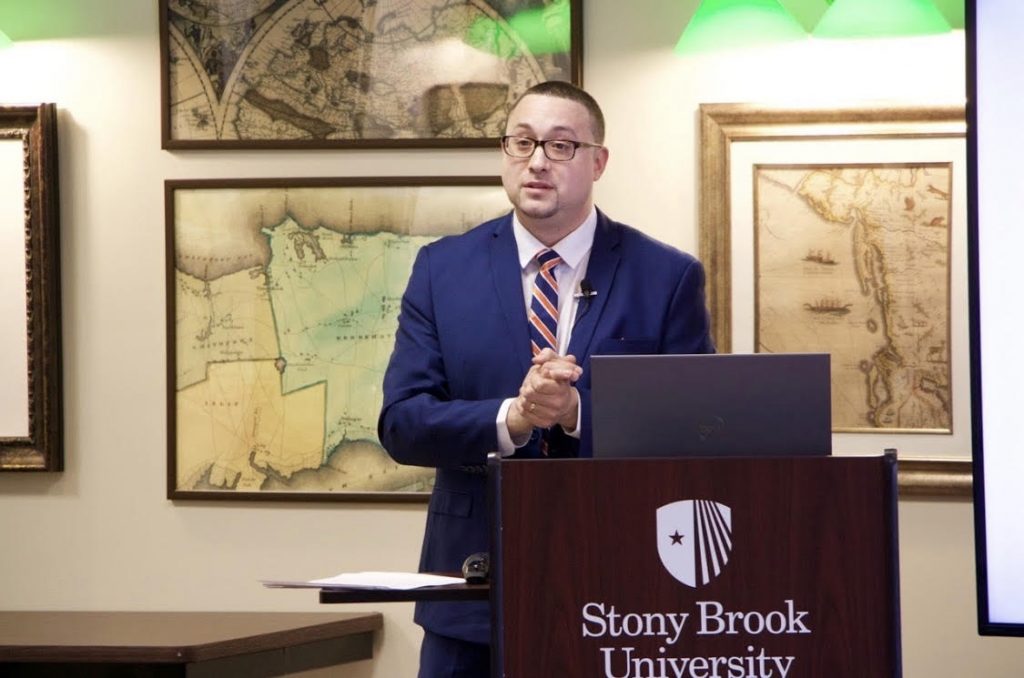In Brazil, the death of a poor black child in the care of rich white woman brings a racial reckoningPosted in Articles, Brazil, Caribbean/Latin America, History, Media Archive, Politics/Public Policy, Social Justice, Social Science on 2020-06-30 01:18Z by Steven |
In Brazil, the death of a poor black child in the care of rich white woman brings a racial reckoning
The Washington Post
2020-06-28
 Demonstrators in Recife, Brazil, demand justice for the death of 5-year-old Miguel Otávio Santana da Silva, the son of a black maid who fell from the ninth floor of a building while under the watch of his mother’s white employer. (Leo Malafaia/AFP/Getty Images) |
RIO DE JANEIRO — In the early days of Brazil’s coronavirus outbreak, when businesses and churches went dark, anyone who could stay home did. But not Mirtes Souza. She worked as a maid, and her duties cooking and cleaning for a wealthy family were to continue.
One day this month, she left the luxury building to walk the family’s dog, leaving her 5-year-old son, Miguel, in the care of her boss. But security footage broadcast widely in Brazil showed the woman leaving him unattended inside an elevator and the door closing.
The boy rode it to the top of the building and wandered outside. When Souza returned from the walk, she found him crumpled on the pavement outside the luxury building. He’d fallen nine floors.
“I’m a domestic worker,” Souza said in an interview. “But if I was white, and he’d been white, would this have happened?”
Sarí Gaspar, Souza’s employer, has been charged with culpable homicide in the death of Miguel Otávio Santana da Silva. She has asked for Souza’s forgiveness in a public letter…
Read the entire article here.







